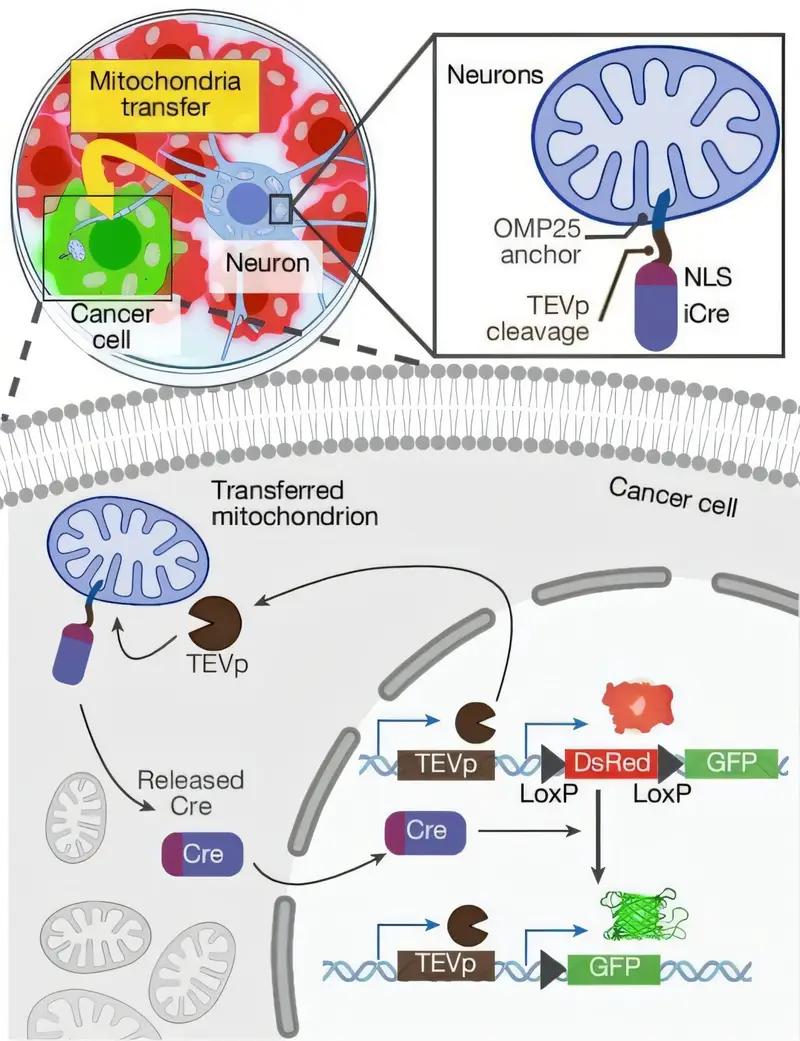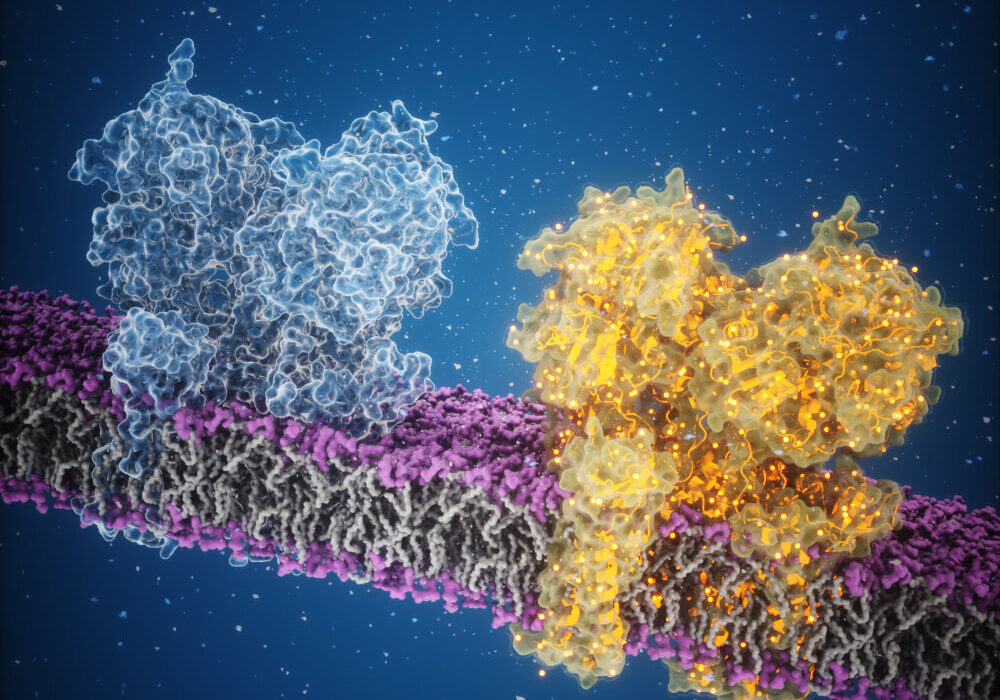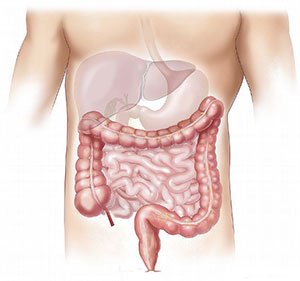Memory is more than the dusty filing cabinet of the mind. It is the invisible thread that ties together our past, present, and future. Without it, our identities would dissolve; names would slip away, faces would blur, and the lessons of yesterday would be lost to the fog of forgetfulness. Whether it’s remembering a loved one’s birthday, recalling a scientific formula, or navigating the streets of your hometown, memory shapes every decision, every conversation, and every experience.
Yet memory is not a fixed resource, handed to us in a predetermined amount at birth. It is a living system, constantly being reshaped by our daily choices. Each thought, each movement, each sensation leaves a trace in the neural networks of the brain. Over time, those traces can either fade into nothingness or deepen into lifelong knowledge. The difference often comes down to how we live.
The good news is that anyone can improve memory. It is not just the privilege of the young or the naturally gifted. Through consistent daily habits and targeted mental exercises, the brain can strengthen its capacity to store, retrieve, and protect information. This is not magic; it is the science of neuroplasticity — the brain’s ability to change its structure and function in response to activity and experience.
In this guide, we will explore how to transform memory from something unreliable into a trusted ally, using habits and exercises that fit naturally into daily life.
Understanding How Memory Works
Before we can improve memory, we must first understand what it is and how it functions. The process of memory is not a single act but a chain of events involving encoding, storage, and retrieval. Encoding is when new information is first perceived and processed. Storage is the consolidation of that information into long-term memory. Retrieval is the act of recalling the stored information when it’s needed.
These steps rely on a complex network of brain regions, particularly the hippocampus, which acts as a sort of index system, and the prefrontal cortex, which manages attention and working memory. Supporting them are countless neurons connected by synapses — the small gaps where signals are passed chemically and electrically. Each time you learn or recall something, patterns of neural activity strengthen these connections.
But memory is not a perfect recording device. It is influenced by emotions, context, attention, and even our physical health. Stress can distort it. Sleep can enhance it. Repetition can solidify it. Neglect can allow it to wither. This is why a deliberate approach to daily habits matters so much: it creates an environment in which memory can flourish.
The Role of Attention and Focus
One of the most common reasons we forget is not that our memory is broken, but that our attention was never fully present in the first place. In a world of constant notifications, multitasking, and sensory overload, the brain often struggles to encode information deeply enough for it to be stored long-term.
When you are truly focused, your brain filters out distractions and devotes more resources to encoding. This is why you are more likely to remember an emotionally moving conversation than a half-heard comment while scrolling on your phone. Daily practice of mindfulness — the act of deliberately paying attention to the present moment — can enhance focus and, by extension, memory.
Simple moments of stillness before tackling new information, deep breathing before study sessions, or consciously eliminating background noise can transform how effectively you remember.
The Connection Between Sleep and Memory
Sleep is not simply a time for rest; it is a workshop for memory. During certain stages of sleep, particularly deep slow-wave sleep and REM sleep, the brain replays and reorganizes experiences from the day. This process, known as memory consolidation, strengthens the neural pathways that represent what you have learned.
A night of poor sleep can drastically reduce your ability to retain information, even if you spent hours studying or practicing during the day. Over time, chronic sleep deprivation erodes not only memory but also the ability to focus, make decisions, and regulate emotions — all of which indirectly harm recall.
Cultivating good sleep hygiene is therefore one of the most powerful daily habits for memory improvement. This includes keeping a regular bedtime, reducing caffeine intake later in the day, limiting screen exposure before bed, and creating a calm, dark sleeping environment.
Physical Exercise as a Cognitive Booster
The benefits of physical exercise extend far beyond muscles and cardiovascular health. Aerobic activities like brisk walking, swimming, or cycling increase blood flow to the brain, delivering more oxygen and nutrients that support neural health. Exercise also triggers the release of growth factors, chemicals that encourage the formation of new neurons and synaptic connections.
In fact, studies show that regular physical activity can increase the size of the hippocampus — the very structure critical for forming new memories. Just as a muscle strengthens with repeated use, the brain responds to the consistent challenge of movement by enhancing its capacity.
Incorporating exercise into daily life does not require marathon training. Even short, regular sessions of moderate activity can sharpen mental clarity and improve recall.
Nourishing the Brain Through Diet
The brain is an energy-hungry organ, consuming about 20% of the body’s calories. What you feed it directly influences its function, including memory. Diets rich in antioxidants, omega-3 fatty acids, and certain vitamins have been linked to better cognitive performance.
Foods like blueberries, walnuts, fatty fish, leafy greens, and whole grains provide compounds that protect neurons from damage, reduce inflammation, and support the production of neurotransmitters. Conversely, a diet heavy in refined sugars and processed foods can promote inflammation and oxidative stress, which damage brain cells over time.
Daily nutritional choices are cumulative; they quietly sculpt the resilience and agility of your memory over the years.
The Art of Repetition and Retrieval
Repetition strengthens memory by reinforcing neural connections, but the type of repetition matters. Passive rereading of notes or mindless review is less effective than active recall, in which you deliberately retrieve information without looking at the source material.
When you quiz yourself, teach someone else, or reconstruct an idea from memory, you force the brain to actively search for and assemble the stored information. This retrieval process strengthens the neural pathways involved, making the memory more durable.
Spacing repetitions over time — known as spaced repetition — further enhances this effect. Daily life offers countless opportunities to practice this, from recalling yesterday’s conversations to mentally summarizing an article you’ve read.
The Emotional Dimension of Memory
Emotions act as a highlighter for memory. Events tied to strong feelings — whether joy, fear, excitement, or sadness — tend to be remembered more vividly. This is because emotional arousal activates the amygdala, which in turn signals the hippocampus to prioritize the storage of the experience.
This principle can be harnessed deliberately. Associating dry information with a personal story, a vivid mental image, or a strong feeling can make it stick more firmly in memory. Humor, surprise, and curiosity are powerful allies in this process.
Daily life is full of opportunities to give emotional color to the information you want to remember — a technique as old as human storytelling.
Social Interaction and Cognitive Vitality
The brain is a social organ, and meaningful interaction stimulates memory-related networks. Conversations require you to listen, recall, and respond — all of which exercise the brain’s capacity for retrieval and integration.
Isolation, on the other hand, has been linked to cognitive decline. Sharing experiences, debating ideas, and telling stories with others provide a natural and enjoyable form of memory training. The give-and-take of dialogue is one of the oldest mental exercises we have, and it is free.
Making a daily habit of genuine connection — whether through a brief chat with a neighbor or a deep conversation with a friend — nourishes both emotional well-being and memory function.
The Role of Novelty and Challenge
The brain craves novelty. Routine may be comfortable, but it often puts the mind on autopilot, reducing the depth of engagement and memory formation. Encountering new environments, skills, or ideas forces the brain to build fresh connections.
This is why travel can feel so memorable: the unfamiliar streets, scents, and sounds flood the brain with new stimuli. But novelty doesn’t require a plane ticket. Learning a musical instrument, trying a new recipe, or studying a new language all challenge the brain and sharpen memory.
Making a habit of stretching your mental comfort zone, even in small ways each day, keeps the brain agile.
Mental Exercises That Reshape Memory
Targeted cognitive exercises can specifically train memory systems. These might include visualization techniques, memory palaces, chunking information into meaningful groups, or associating numbers with images. The brain responds to such mental gymnastics much as the body responds to physical workouts.
The key is consistency. Just as lifting weights once will not build lasting muscle, a single memory game will not transform recall. But a few minutes each day of deliberate practice can, over weeks and months, lead to profound changes.
Managing Stress to Protect Memory
Stress is a natural response to challenge, but chronic stress floods the brain with cortisol, a hormone that can damage neurons in the hippocampus over time. This is one reason people under constant pressure often find their memory faltering.
Daily stress management — through meditation, deep breathing, time in nature, or creative hobbies — is not indulgence; it is maintenance of the brain’s delicate systems. Reducing stress preserves not only memory but also the joy of living in the present moment.
Technology: Friend or Foe of Memory?
Digital devices offer extraordinary tools for learning and recall, but they can also weaken natural memory by outsourcing mental effort. Constant reliance on reminders, search engines, and instant access to information can atrophy the brain’s ability to store and retrieve on its own.
The goal is balance: using technology to enhance learning — such as through spaced repetition apps or educational videos — without allowing it to replace the mental discipline of recall. Setting daily boundaries for device use can reclaim space for the brain to flex its own memory muscles.
The Lifelong Journey of Memory
Memory is not fixed at any age. Older adults can improve recall through the same habits and exercises that benefit younger people, and they often have the advantage of rich life experience to connect new information to existing knowledge. Young people, for their part, can lay down habits that preserve memory strength for decades to come.
The journey of improving memory is not about perfection; it is about attention, care, and curiosity. Every choice — from what we eat to how we sleep, from the conversations we have to the challenges we embrace — shapes the memory of tomorrow.
In the end, improving memory is not just about remembering facts more efficiently. It is about enriching the texture of life, deepening relationships, and carrying forward the wisdom of experience. The stronger your memory, the more fully you can live in the present while holding onto the treasures of the past.






